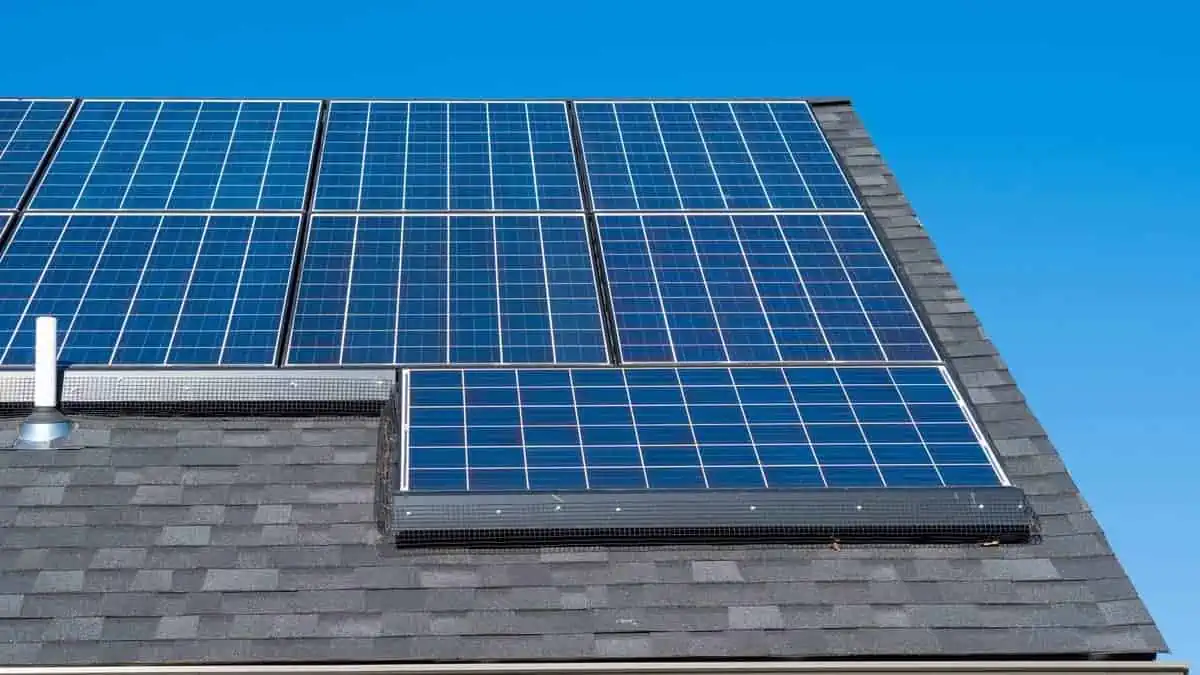A whitepaper published today by the Solar Energy Industries Association (SEIA) outlines steps to ensure a better domestic solar supply chain in the US and lessen reliance on imports from abroad, particularly from China.
In the paper American Solar and Storage Manufacturing Renaissance: Managing the Transition Away from China, a strategy for lowering imports at a rate consistent with initiatives to re-shore manufacturing and scale domestic production in significant supply chain segments is laid out.
“American control of the solar supply chain is critical for our national security and economic strength. China is not going to give up its market share willingly, so we must be methodical and strategic about how we capitalize on the policy certainty from the Inflation Reduction Act and build this American clean energy manufacturing engine.”
Abigail Ross Hopper, SEIA president, and CEO
US to reduce dependence on China
The paper concludes that the current policy environment is sufficient to substantively produce all elements of the solar supply chain in the United States in the long and medium term, per CleanTechnica.
This independence does not mean the United States will be excluded from ethical global markets. Instead, it should make the most of the opportunity to significantly reduce its dependence on China and other potential adversaries for clean energy materials and equipment.
The Solar Energy Industries Association (SEIA) aims for the solar and energy storage industries in the United States to be the most collaborative and competitive globally by the end of this decade.
Additionally, the Solar Energy Industries Association (SEIA) will release an interactive map to track new and existing solar and storage production facilities in the United States.
The Inflation Reduction Act (IRA) and its historic investment in local manufacturing are reflected on this map in the form of new clean energy manufacturing investments declared since the law’s passage.
The map integrates facilities from across the solar and storage value chain. These facilities include factories that assemble solar modules, produce solar components such as racking and tracking systems, and produce raw materials such as polysilicon.
IRA to increase job opportunities
Analysis conducted by SEIA suggests that the IRA will increase the number of jobs in the solar manufacturing industry in the United States from approximately 34,000 to more than 115,000 by the end of the decade.
As of today, about 12.5% of solar industry jobs are considered manufacturing jobs; however, by the year 2030, this number will nearly double to nearly 20%.
“The tides have turned in the solar manufacturing business landscape thanks to the IRA, and the announcements already made will create up to 80,000 high-quality, family-supporting jobs.”
Notably, it is just the tip of the iceberg. With the speedy implementation of the 45X manufacturing tax credit, more well-paying solar careers will be on the way.”
Abigail Ross Hopper, SEIA president, and CEO
Users can filter the map according to the product type, facility size, location, jobs, total investment, and production volume.
The map depicts 42 gigawatts (GW) of solar module manufacturing announcements in the United States, highlighting serious advances toward the SEIA’s goal of 50 GW of domestic manufacturing capacity by 2030.
See Also:
- Wind, solar, and battery cover 82% of 2023 utility-scale power capacity in US
- Tesla: South Australia (home Solar Power) is “the future”
- Florida recently received its biggest rooftop solar system
- Electrify America’s new Solar-Powered EV charging project
- Elon Musk explains how Tesla values “investors” on Investor Day






